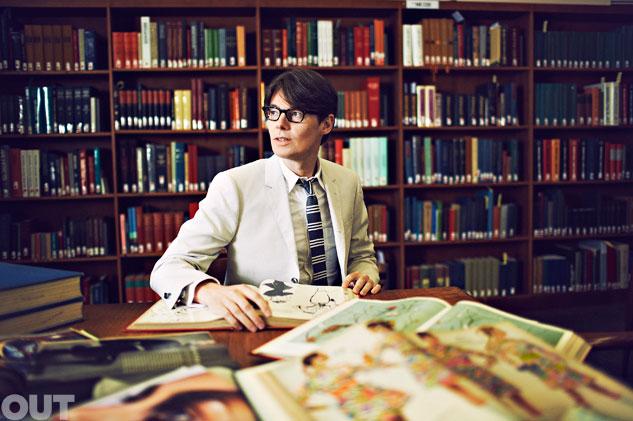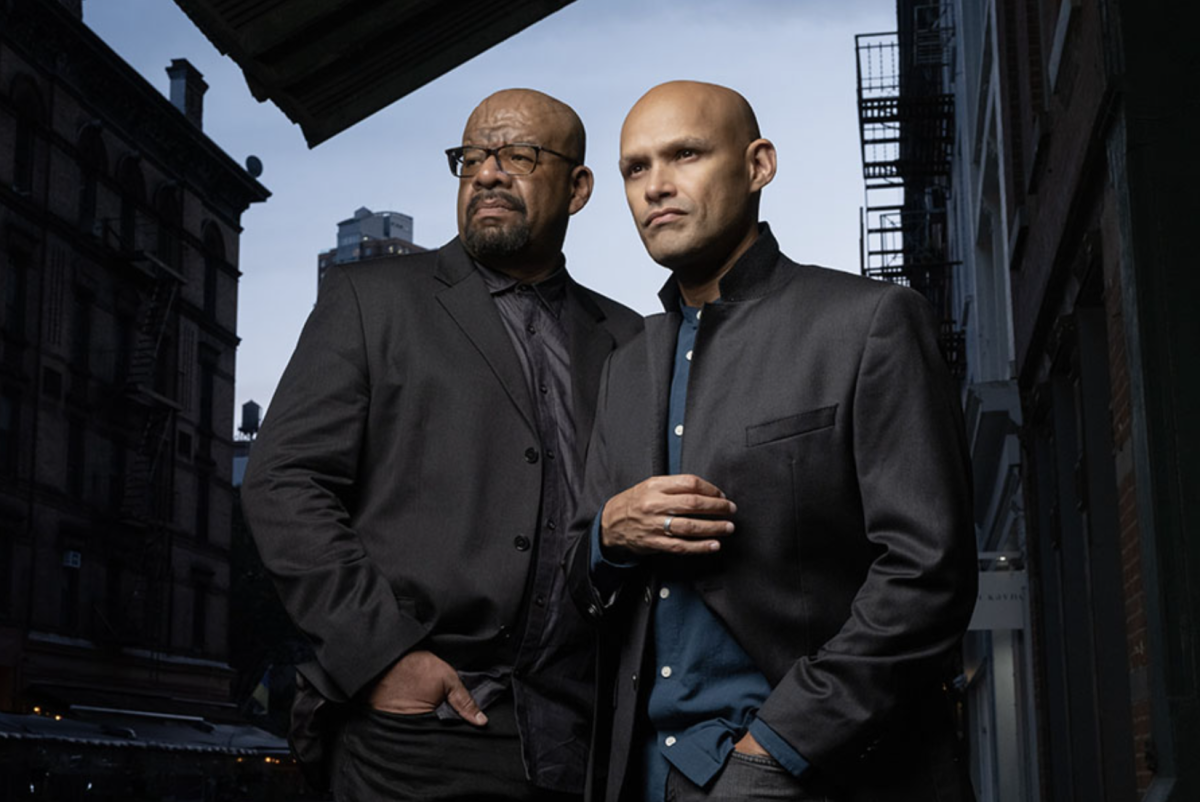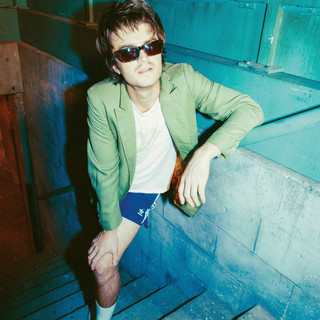After 14 years of organizing exhibitions and famous events including the Met Gala, Harold Koda is resigning as head curator of the Costume Institute at the Metropolitan Museum of Art. He is to be replaced by Andrew Bolton, a fellow curator, famous for directing the exhibit “Alexander McQueen: Savage Beauty.”
sponsor was Amazon who had been making a more concerted effort to sell high end fashion. In an interview with the New York Times he said, “We’ve never said all clothing is art. There can be certain design achievements that are so conceptually and technologically rich and innovative that they approach the standards and criteria of an artwork.”
Bolton’s primary interests in fashion are class and gender fluidity. His exhibit “Punk: Chaos to Couture,” while undoubtedly popular, remains controversial. While some argued it was innovative and accessible, others argued that it alienated and furthered distanced the audience from the designers.
Some described the designs at the Gala that year as daring and innovative, but others saw them as overly demonstrative and trashy. Bolton’s tenure has been markedly more appealing to broader audiences. Newer Gala themes like “China” and “Punk” are far more popular than the work of Charles James, an event organized by Koda.
Bolton stated that he will drive the institute to integrate more technology into its exhibits. His “China: Through the Looking Glass” show featured a life-size bamboo forest of illuminated Plexiglas wands, film selections assembled by the Hong Kong director Wong Kar Wai and costumes ranging from imperial robes to a contemporary dress with a bodice made from blue-and- white porcelain.
Bolton has expressed frustration over the constant categorization of fashion as more art than commerce. He was criticized for his show “Schiaparelli and Prada: Impossible Conversations” in 2012 because its primary sponsor was Amazon who had been making a more concerted effort to sell high end fashion. In an interview with the New York Times he said, “We’ve never said all clothing is art. There can be certain design achievements that are so conceptually and technologically rich and innovative that they approach the standards and criteria of an artwork.”
Bolton and Koda both argue that the advent of the Internet has made the standards for the institute even higher. Because fashion fans and followers can follow an infinite number of runways and blogs, simply showing a dress is not museum quality. Bolton hopes to bring audiences to the institute by presenting fashion in a historical and cultural context. “I really believe clothing carries all kinds of narratives. And it’s up to the curators to make them legible,” Bolton told the New York Times.
Bolton himself is from middle class family in Lancashire in northern England — an area not particularly known for its high fashion culture. He cites his interest in fashion originating from a love of the style of the punk movement, which he eventually brought to the institute.
However, he personally sticks to the boyish and bubbly style of his partner, designer Thom Browne. Browne’s clothing tends incorporate brighter colors including pink and blue emphasizes boyish fits including sports jackets and cuffed pants and celebrates earnest nerdiness. Despite his boyish fashion and dramatic exhibits, Bolton himself is described as an approachable fashion academic. While his past tenure has been full of highs and lows, the future of the institute seems stable in his hands.
Photo Courtesy of Out Magazine




